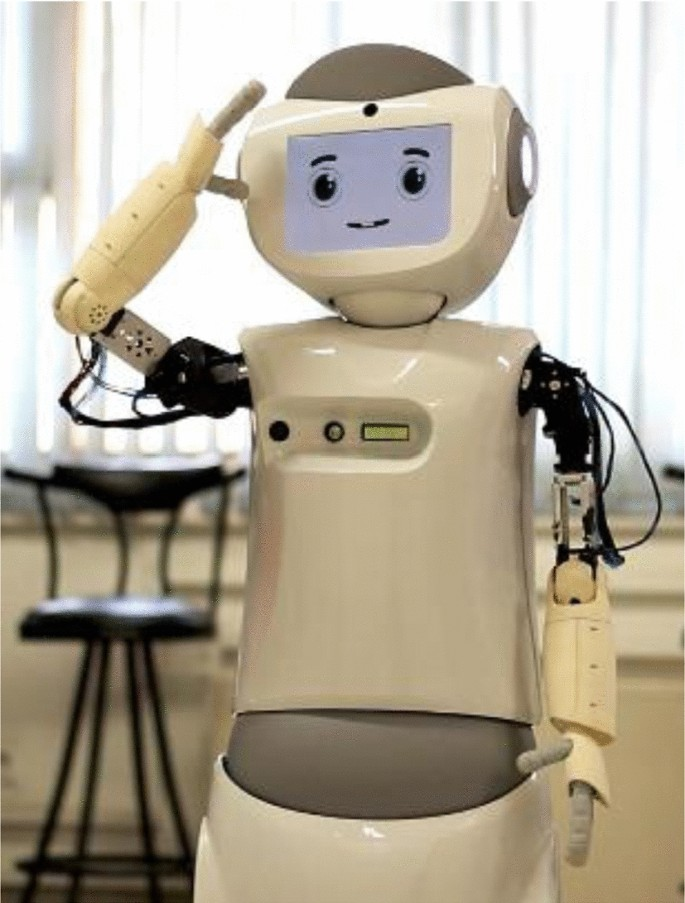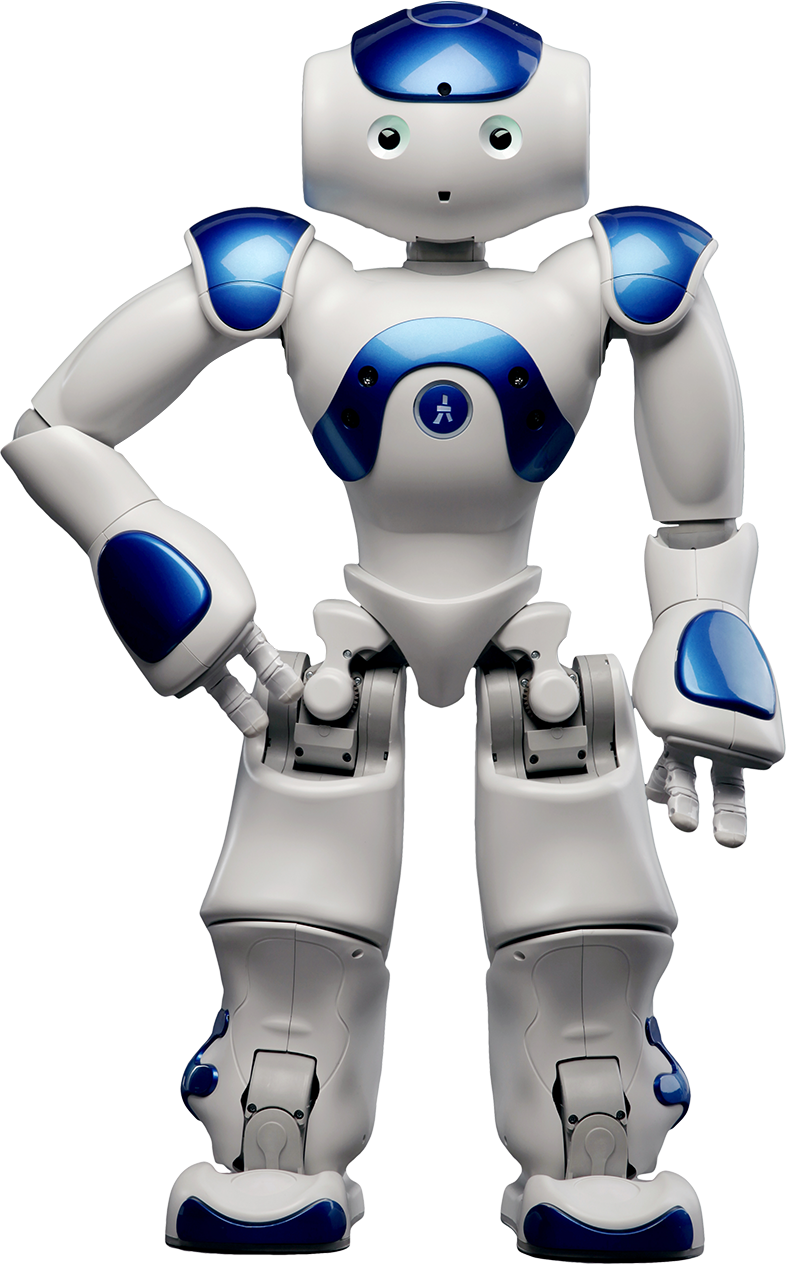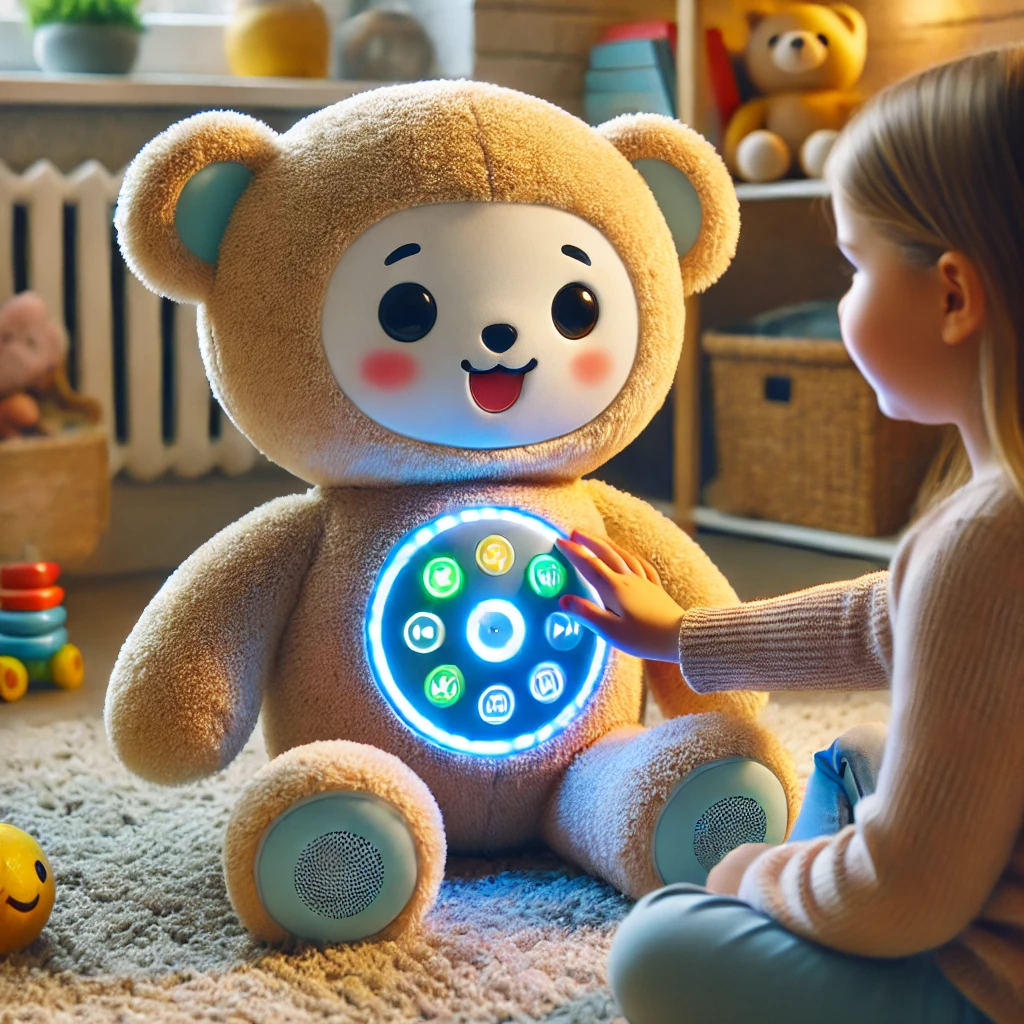PRE2024 3 Group3
__TOC__
Members
| Name | Student number | Study | |
| Andreas Sinharoy | 1804987 | Computer Science and Engineering | a.sinharoy@student.tue.nl |
| Luis Fernandez Gu | |||
| Alex Gavriliu | |||
| Theophile Guillet | 1787039 | Computer Science and Engineering | t.p.p.m.guillet@student.tue.nl |
| Petar Rustić | |||
| Floris Bruin | 1849662 | Computer Science and Engineering | f.bruin@student.tue.nl |
Planning
Roadmap
Week 1: Problem ideation and specification
Week 2: Robot design and specifications
Week 3: Begin construction of prototype of the robot
Week 4: Conduct interviews with relevant user groups
Week 5: Finish prototype of robot
Week 6: Gather feedback for the prototype
Week 7: Finalize the prototype after having taken feedback into account
Milestones
- Selecting who and what problem we are going to address
- Selecting how our robot shall address our problem
- Conducting research and a literature review on our topic
- Creating a design for the robot
- Conducting interviews to gauge the receptiveness of the robot
- Speaking with our primary user group to obtain their feedback on our proposed solution
- Creating a protoype of the robot
Introduction
Problem Statement
In the Netherlands, the dominant model for speech and language (SLT) services is individual direct therapy in SLT practices with a dosage of 25 to 30 minute weekly sessions. However, currently Dutch SLT therapy practices have waiting lists of 6 to 12 months for children with speech, language, and communication needs (SLCN) (citation). Furthermore, globally there is a shortage of speech-language pathologists in regards to their demand as there are a limited number of openings in graduate programs and the increased need for SLPs as their scope of practice widens, the autism rate grows, and the population ages (citation). Not only is there a growing unmet demand for aiding people diagnosed with speech impediments, but the number of people, and especially children, who remain undiagnosed is also an issue. For example, according to research done by (citation), boys were referred earlier than girls, and monolingual children were revealed earlier than bilingual children. On top of that, bilingual children seemed to have more complex problems at referral. The paper indicated the existence of a large body of undiagnosed girls and bilingual children with speech impediments. Therefore, for our project, we aim to address the issue of an overburdened speech therapy healthcare system by attempting to aid therapists in the practice sessions and road to recovery, allowing for them to receive and diagnose more patients.
Objectives
- Find which aspect of the issues surrounding speech impediments - whether it's impediment diagnosis, treatment, or obstacles becoming a speech-language therapist - can be feasibly influenced by a robot to minimize the burden placed on this part of the healthcare system.
- To measure and track the direct impact our robot can make on the system as a whole.
Hypothesis
If we can provide a robot which assists and allows for independent treatment done by patients of speech-language therapists, then the healthcare system for this issue will be less overburdened allowing for an improved efficiency in regards to both speech impairment diagnoses and treatments.
USE Analysis
Users
Personas
Scenarios
Requirements
Society
Enterprise
State of the Art
Existing robots
To understand how we can create the best robot for our users, we have to look at what robots already exists relating to our project. We analyzed the following robots and related them to how we can use them for our robot.
RASA robot
The RASA (Robotic Assistant for Speech Assessment) robot is a socially assistive robot developed to enhance speech therapy sessions for children with language disorders. The robot is used during speech therapy sessions for children with language disorders. The robot uses facial expressions that make therapy sessions more engaging for the children. The robot also uses a camera that uses facial expression recognition with convolutional neural networks to detect the way the children are speaking. This helps the therapist in improving the child's speech. Studies have shown that incorporating the RASA robot into therapy sessions increases children's engagement and improves language development outcomes.
Automatic Speech Recognition

Nao robot
Developed by Aldebaran Robotics, the Nao robot is a programmable humanoid robot widely used in educational and therapeutic settings. Its advanced speech recognition and production capabilities make it a valuable tool in assisting speech therapy for children, helping to identify and correct speech impediments through interactive sessions.
Requirements
MoSCoW Analysis
Functionality
Usage
Performance
Legal & Privacy Concerns
Data Collection & Storage
User Privacy & Consent
Security Measures
Legal Compliance & Regulations
Ethical Considerations
Third-Party Integrations & Data Sharing
Liability & Accountability
User Safety & Compliance
Design
Prototype
The prototype proposed, is focused in addressing the challenges and requirement specified earlier in the report. The traditional diagnostic tests are often extremely long—two to three hours—which leads to fatigue on both the patient's and therapist's side. As a result, the patient will experience the test as extremely uncomfortable, and the therapist's exhaustion will lead to a reduced accuracy of the diagnosis. The prototype will therefore break down these diagnoses into short, disguised games, without the need for speech therapist supervision. It will be an interactive device that will ask closed/open-ended questions to the patient that are specifically chosen by a speech therapist or from an already existing test. Once the question is posed, the robot will then record both in audio and (perhaps) video the response of the patient to be then reviewed at a later stage. Since all the responses are stored digitally, this will allow diagnostics to be performed abroad in areas, especially in rural areas lacking speech therapists. By allowing the therapist to rewind, replay, or pause the digital diagnosis, it would guarantee a more thorough analysis and lower the risk of missing details.
The prototype will hopefully reduce patients' stress and fatigue due to the test being broken down. It will lessen the workload of the speech therapists while also improving reliability. allowing multiple therapists to review the recording whenever it is convenient for them, reducing individual biases.
Device Description

Plush Appearance:
The prototype was chosen to take the form of a friendly plush toy in order for young patients (ages 5-10) to engage more willingly with the speech and articulation exercises proposed by the plush. The friendly plush toy will disguise the assessment process as interactive play, trying to deceive the child into believing it is playing.
The soft appearance will enable the device to be more durable by acting as cushioning for the electronics inside it. This will increase the life expectancy of such a device.
Buttons
Multiple buttons are built into the plush's surfaces, which will allow you to control the plush's behavior. Here are the following buttons to be installed:
- Turn on/off button
- Initiate the plush next question button.
- End recording response
LEDs
A number of LEDs are on the device to enable visual feedback to both the patient and the supervisor (parent or speech therapist). Here are the following indicator LEDs on the device:
- "Recording" LED, ON if recording
- "Test complete" LED, ON is complete.
- "Error" LED, ON if error present
- "ON" LED, ON if plush is turned on
Microphone, Speaker, Camera:
A discrete, high-quality, sensitive microphone, hidden inside the plush, to ensure clear recording of the patient's speech, with minimal obstructive sound.
An internal speaker is placed, for example, on the chest of the plush, allowing the device to deliver audibly the questions, but also feedback and fun sounds.
A small camera is hidden inside plush eyes, enabling the recording of patients facial expressions and reactions to prompts. Enable more in-depth diagnostics.
Internal Hardware:
The device will contain a processing unit such as Arduino or Raspberry Pi for processing and managing all electrical components. A large storage unit, such as an SSD card, is needed to store the video and audio recording until retrieval. Finally, a rechargeable battery stored accessibly inside the plush for safety and convenience.
System Specification
Software
Testing
Interviews
Introduction
Method
Analysis
Results
Conclusion
Bibliography
https://my.clevelandclinic.org/health/articles/24602-speech-language-pathologist
https://idcchealth.org/blogs/how-much-does-online-speech-therapy-cost/
https://www.hollandzorg.com/insured/reimbursements2025/speech-therapy
https://pmc.ncbi.nlm.nih.gov/articles/PMC7383695/
https://www.belganewsagency.eu/nearly-one-fifth-fewer-speech-therapy-students-in-ten-years-time
chrome-extension://efaidnbmnnnibpcajpcglclefindmkaj/https://files.eric.ed.gov/fulltext/EJ1135588.pdf
https://pubmed.ncbi.nlm.nih.gov/36467283/
https://arxiv.org/abs/2403.08187
Appendix
Time reporting
Week 1
| Name | Task | Time spent |
| Andreas Sinharoy | Robot and Problem Ideation and Research into the Idea | 2 hours |
| Luis Fernandez Gu | ||
| Alex Gavriliu | Research into data privacy requirements in EU | 1 hour |
| Theophile Guillet | ||
| Petar Rustić | ||
| Floris Bruin | ||
| All |
Week 2
| Name | Task | Time spent |
| Andreas Sinharoy | Writing the Planning and Introduction sections of the wiki page | 2 hours |
| Luis Fernandez Gu | ||
| Alex Gavriliu | creating appropriate structure for legal and privacy section | 1 hours |
| Theophile Guillet | ||
| Petar Rustić | ||
| Floris Bruin | ||
| All |
Week 3
| Name | Task | Time spent |
| Andreas Sinharoy | ||
| Luis Fernandez Gu | ||
| Alex Gavriliu | ||
| Theophile Guillet | ||
| Petar Rustić | ||
| Floris Bruin | ||
| All |
Week 4
| Name | Task | Time spent |
| Andreas Sinharoy | ||
| Luis Fernandez Gu | ||
| Alex Gavriliu | ||
| Theophile Guillet | ||
| Petar Rustić | ||
| Floris Bruin | ||
| All |
Week 5
| Name | Task | Time spent |
| Andreas Sinharoy | ||
| Luis Fernandez Gu | ||
| Alex Gavriliu | ||
| Theophile Guillet | ||
| Petar Rustić | ||
| Floris Bruin | ||
| All |
Week 6
| Name | Task | Time spent |
| Andreas Sinharoy | ||
| Luis Fernandez Gu | ||
| Alex Gavriliu | ||
| Theophile Guillet | ||
| Petar Rustić | ||
| Floris Bruin | ||
| All |
Week 7
| Name | Task | Time spent |
| Andreas Sinharoy | ||
| Luis Fernandez Gu | ||
| Alex Gavriliu | ||
| Theophile Guillet | ||
| Petar Rustić | ||
| Floris Bruin | ||
| All |